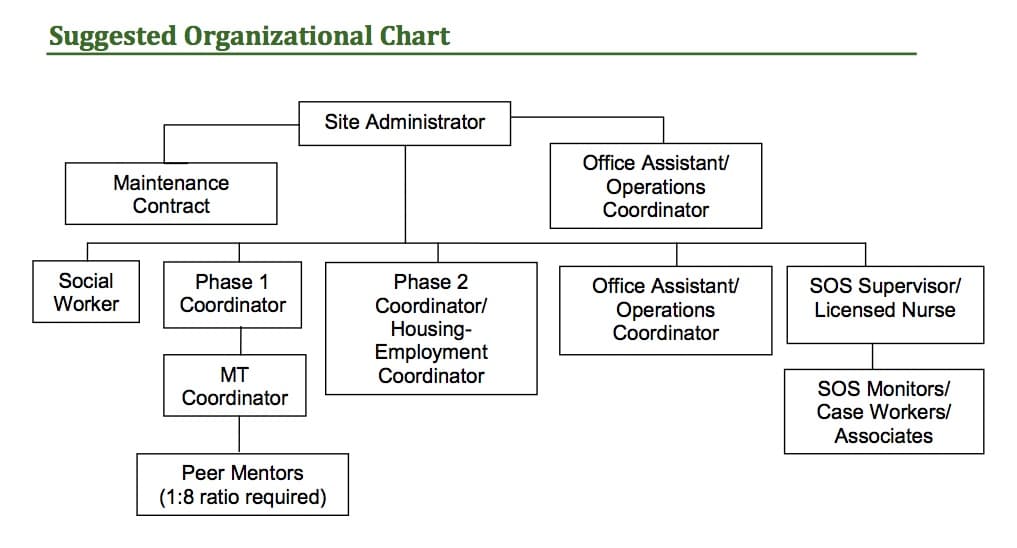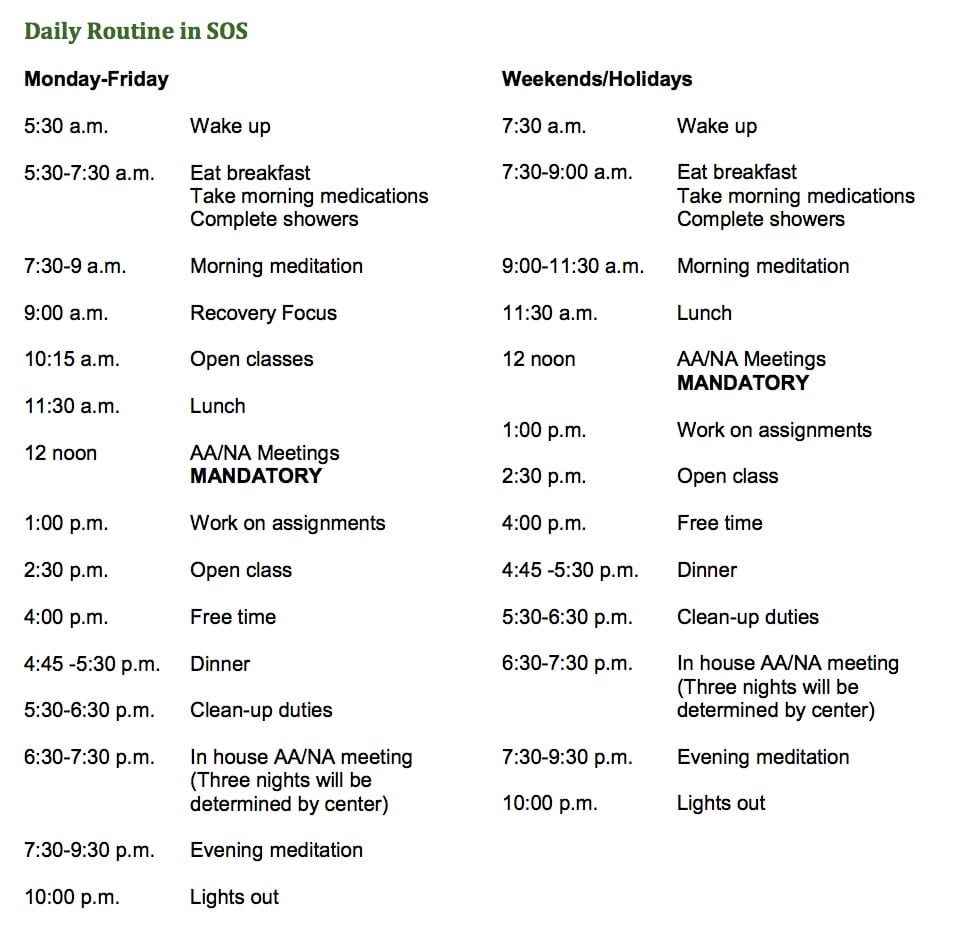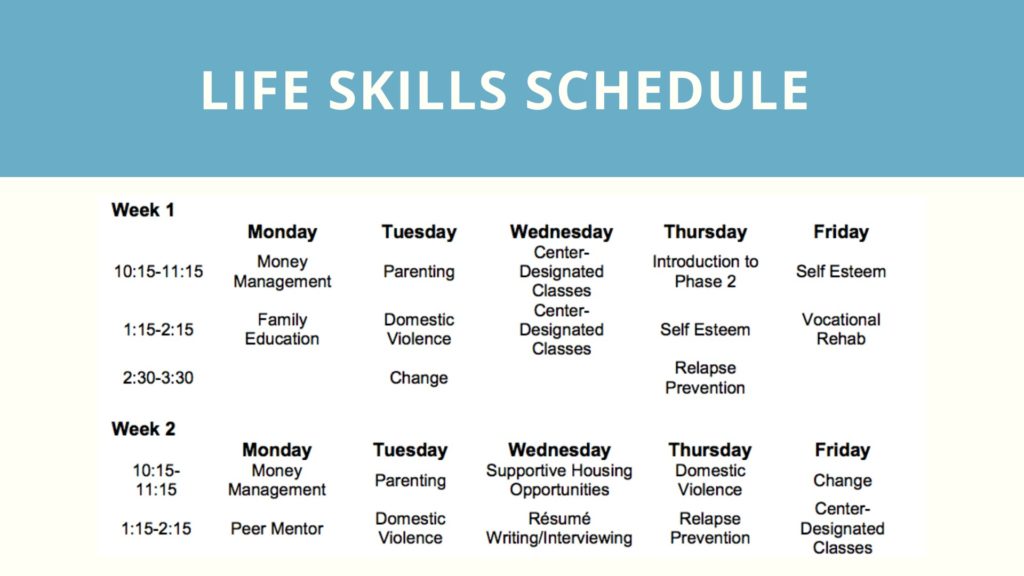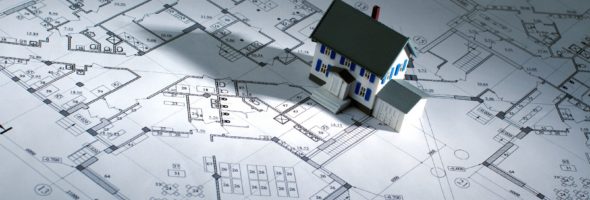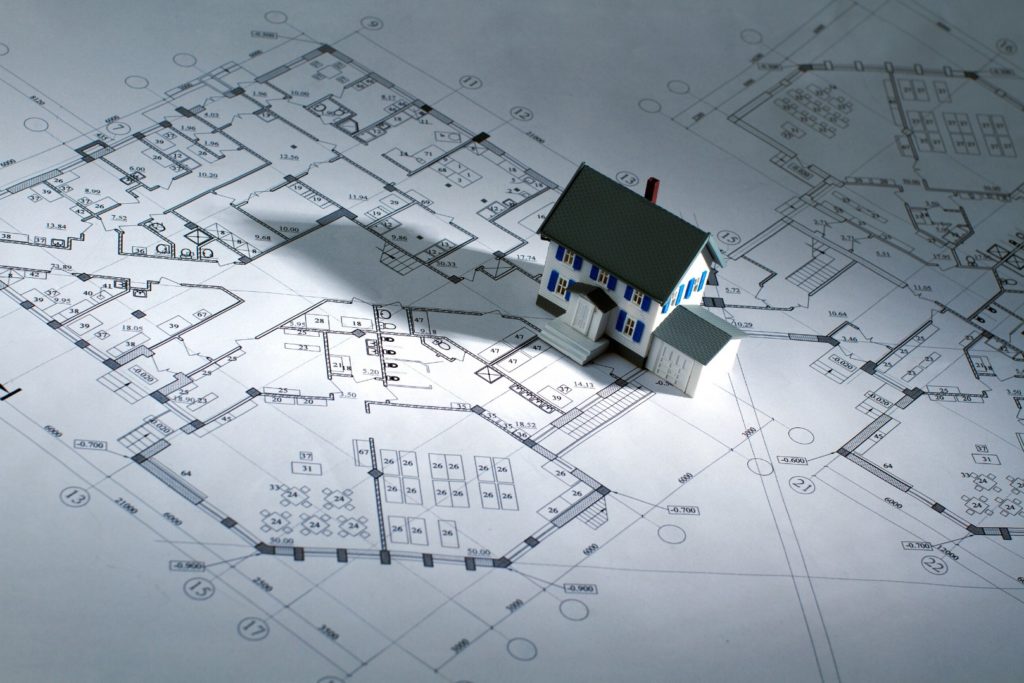
The Essential First Step
Experience has shown that the creation of a safe physical and emotional environment is an essential first step in halting the cycle of substance use disorders, dependency, poverty, and criminality that can otherwise destroy not only individual lives but entire families and communities.
Effective Recovery Housing also does much to improve staff morale by setting the table for a pro-active approach that fosters understanding and empathy as well as professional competence and confidence.
Fletcher Group Technical Assistance traces its roots back to 1993 when Don Ball—philanthropist, congressman, and founder of nationally known Ball Homes—established the Hope Center in Lexington, Kentucky to protect women from the ravages and underlying causes of homelessness. The lessons learned there were later applied when Governor Ernie Fletcher launched Recovery Kentucky—18 recovery residences that have helped thousands of people rebuild their lives while saving millions in taxpayer dollars.
Those centers continue to provide a safe, controlled environment for over 2,000 residents for up to 24 months, a much longer—and more effective—length of time than conventionally provided. (The average stay is 7.6 months with an average waiting list time of 2-3 months.)
In addition to instilling accountability and responsibility for stable, independent living, recovery residences can provide the ideal platform for a complete Continuum of Care from intake to employment, including MAT, Peer-Driven Support, Workforce Development, and Social Enterprise.
To this end, the Fletcher Group works hand-in-hand with the National Association of Recovery Residences (NARR) to ensure a nationally unified voice while helping develop and refine the NARR Training Portal, National Directory, and Outcomes Portal. We also assist NARR in establishing new affiliates wherever needed. (For more about our collaboration with NARR, click Our Partners.
The Fletcher Group model for Recovery Housing is made possible by numerous partnerships with federal, state and local entities as well as faith-based and private sector entities. For more detailed information, please click on The Model.
Safe, Modern Facilities












Highly Structured For Real Behavioral Change
